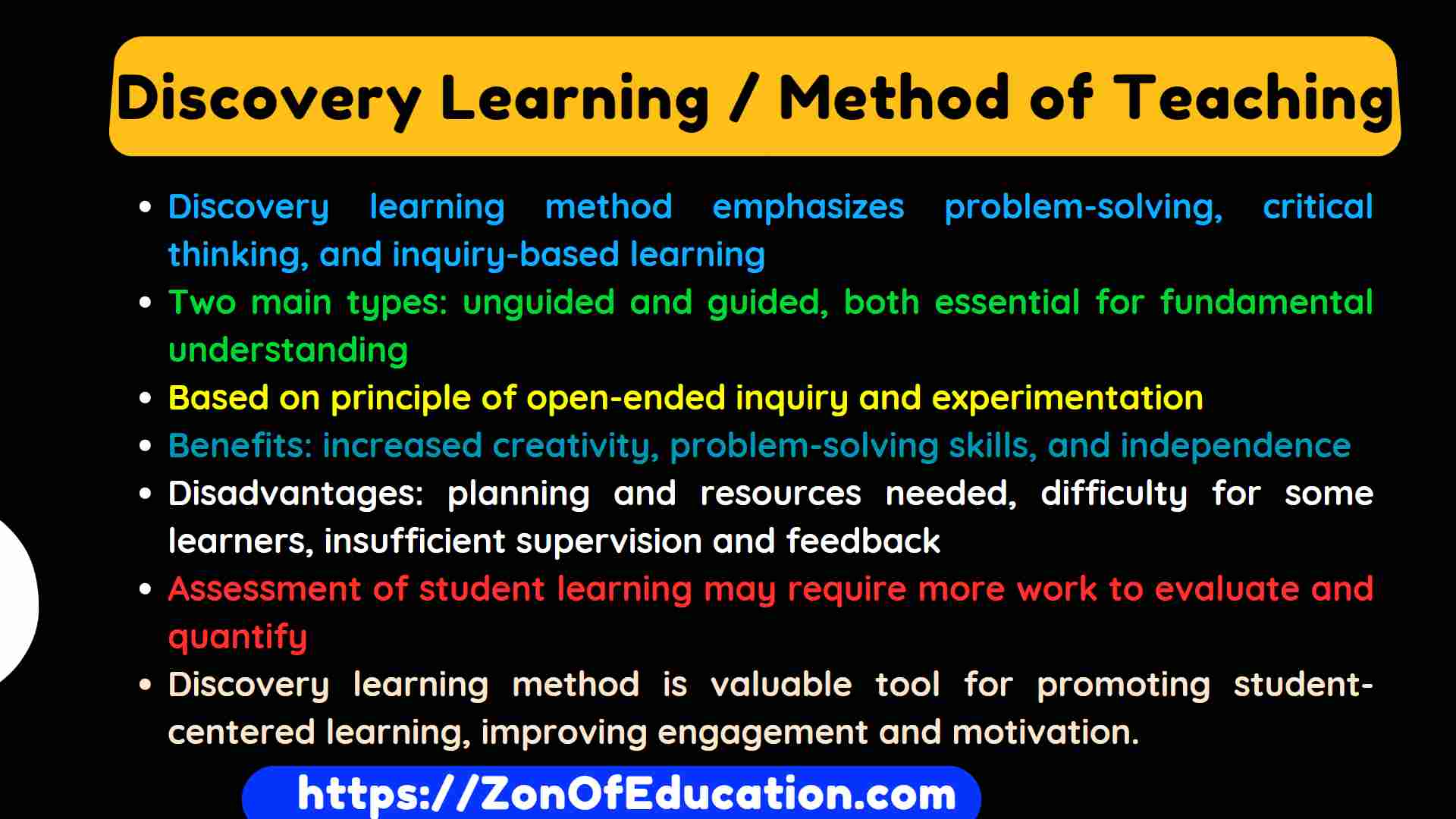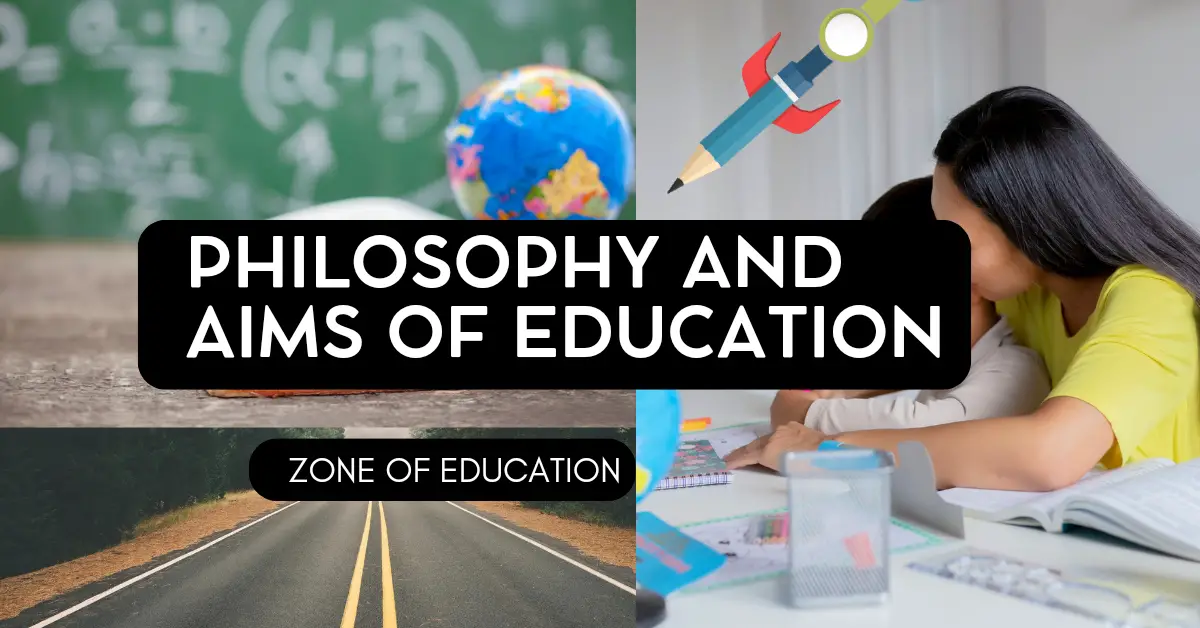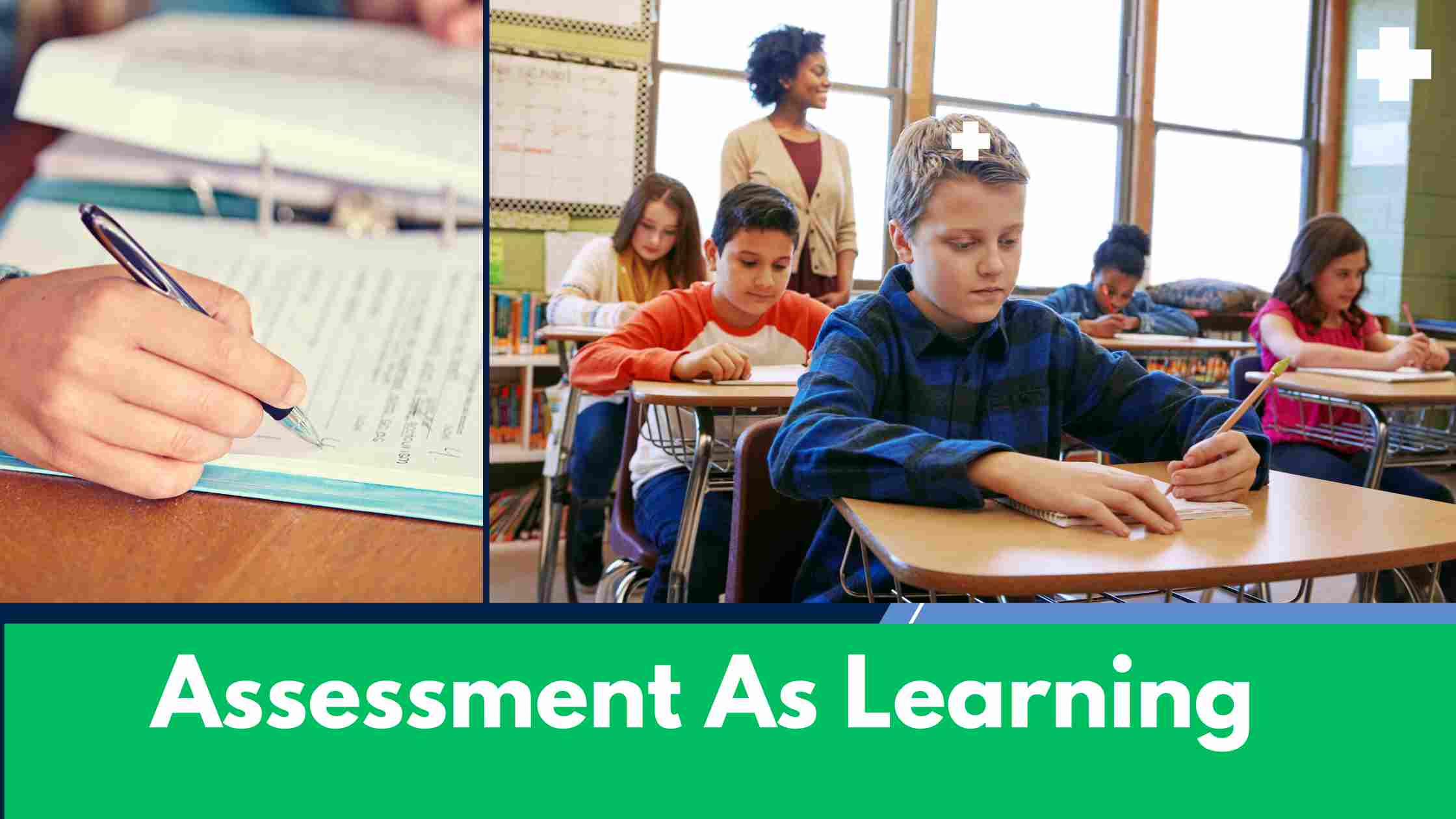Peer assessment is a form of assessment that involves the accreditation of students’ work by other students of equal status.
It is an effective meta-cognitive tool that engages students in the learning process and develops their capacity to reflect on and critically evaluate their own learning and skill development.
This assessment method can be used formatively or summatively and can involve the negotiation of criteria by students.
It could support the development of critical thinking, interpersonal, and other skills, as well as enhance understanding within the field of knowledge of a discipline.
The benefits of peer assessment include the development of generic skills and attributes such as working cooperatively, thinking critically, giving constructive feedback, learning from critical appraisals received from others, learning autonomously, and developing interpersonal skills.
Peer assessment and learning can be used at all levels of education, from elementary to university.

What Is Peer Assessment?
Peer assessment is a form of assessment in which students evaluate the work of their peers. It is an important part of the educational process, as it allows students to become active participants in the assessment process rather than passive receivers of grades. It also helps build collaborative skills and encourages students to take responsibility for their learning.
What Is Peer Assessment in Education?
Peer assessment in education is a method of evaluation that involves students assessing the work of their peers. It can be used to evaluate a variety of tasks, from art projects to scientific experiments.
Peer assessment in education is a process of students evaluating other’s work or knowledge.
It is an important part of the learning process, as it encourages students to think critically about teachers’ work and provide constructive feedback.
It also allows students to learn from each other and build community in the classroom. Peer assessment aims to assess knowledge, skills, and capabilities within the classroom setting. It is a collaborative process in which students work together to assess each other’s work, offering feedback and suggestions for improvement. This process can help students develop critical thinking skills and become better communicators and problem solvers.
The following table provides a visual representation of the different aspects of peer assessment:
| Aspects | Benefits | Drawbacks |
|---|---|---|
| Learning | Develop critical thinking skills. | It can be subjective. |
How to Do Peer Assessment?
Peer assessment offers an opportunity for students to evaluate each other’s work. It is a process of assessment through which students provide feedback to each other on their work and progress. This type of assessment is becoming increasingly popular in the education system. When done correctly, it can provide a valuable way to promote learning, collaboration, and improvement.
Peer assessment involves others evaluating each other’s work and performance. This can be done through various methods, such as providing feedback, giving scores, or discussing the material presented. The focus should be on providing constructive criticism and using the opportunity to gain valuable insights into the student’s weaknesses in work.
The benefits of peer assessment can include increased collaboration, improved communication, and enhanced learning. It also encourages students to take responsibility for their learning, as they can evaluate their peers’ work. Additionally, it can help reduce teacher workload, allowing students to become involved in the assessment process.
What Is the Purpose of Peer Assessment?
Beyond simply asking students to assess their peers, peer assessment is a powerful tool for learning, fostering collaboration, and enriching the learning experience. It is an instructional technique in which students are asked to evaluate each other’s work, such as projects, presentations, and assignments. The purpose of peer assessment is to promote reflective and critical thinking, increase student engagement, and foster student collaboration.
The Benefits Of Peer Learning and Assessment
Students are more actively engaged in the learning process when their peers’ are asked to assess their peers’ work.
When discussing peer assessment, it is important to understand the benefits of peer learning and assessment. Peer assessment can provide students with the opportunity to receive feedback from their peers, as well as allow them to reflect on their knowledge and performances. This type of assessment can also benefit students by promoting collaboration, critical thinking, and communication skills.
The benefits of peer learning and assessment can be broken down into three main categories:
1. Collaboration and Communication: Peer assessment allows students to work together, share ideas, and provide feedback to each other. This can help students develop their communication skills for successful collaboration and problem-solving.
2. Critical Thinking: Peer assessment allows students to reflect on their knowledge and performance and evaluate their peers’ work. This can help develop their critical thinking skills and increase their understanding of the subject.
3. Self-reflection: Self-reflection is important to personal growth and development. By engaging in peer assessment, students can critically evaluate their work and identify areas for improvement. This self-reflection can lead to a deeper understanding of the subject and enhance their learning experience. It also encourages students to take ownership of their learning journey and empowers them to seek ways to enhance their skills and knowledge actively. With each assessment, students can set goals and work towards achieving them, ultimately becoming more self-driven and motivated learners.
Additional Benefits of Peer Assessment
Peer assessment is a method of evaluation that involves students assessing their peers’ work. It is an important part of education as it allows students to learn from each other, develop meta-cognitive skills, enhance critical thinking, improve self-evaluation, and strengthen observation skills. Moreover, peer assessment helps to foster collaboration among learners, appraise learning outcomes, create psychological safety, value diversity, and increase the level of interaction between the assessor and assets, depending on the context. Different levels of privacy and context may also be established during peer assessment.
Peer Assessment Develops Meta-Cognitive Skills
The benefits of peer assessment go beyond simply evaluating learning outcomes; it can also develop meta-cognitive skills in learners. This is one of the primary advantages of peer assessment. Meta-cognitive skills include communication, observation, self-evaluation, and self-criticism. Peer assessment allows learners to practice these skills in a safe and supportive environment.
Peer Assessment and Learning Resources:
Peer assessment and learning resources can provide educators with a valuable tool to facilitate student collaboration and assessment. In peer assessment, students evaluate another side’s feedback on each other’s work. This type of assessment is often used in classrooms to foster a collaborative learning environment where students can learn from each other and receive critical feedback.
Peer Assessment Enhances Learning
The benefits of peer assessment are vast and varied, with one key advantage being enhanced learning gains. Research has shown that learners who can assess their peers’ work often experience higher motivation and performance levels. Additionally, peer assessment has been shown to help develop meta-cognitive skills, such as communication, self-evaluation, observation, and self-criticism.
In terms of enhanced learning gains, peer assessment provides learners with a more integrated approach to learning. By providing feedback to one another, learners gain a better understanding of the material and can evaluate and improve their work in the process. Furthermore, a peer assessment system can offer a more equitable and transparent grading system to reduce teacher bias.
Peer Assessment Enhances Critical Thinking
One of the main benefits of peer assessment is that it can help learners develop their critical thinking skills. This is especially useful in educational contexts, where learners must critically consider the evidence, evaluate arguments, and make informed decisions. Peer assessment can also help learners become more self-aware, as they must reflect on their work to assess their peers. As a result, it can lead to improved learning outcomes as learners become more conscious of their and peers’ performance.
Peer Assessment Improves Self-Evaluation Skills
Peer assessment has numerous advantages, particularly in terms of improving self-evaluation skills. Through peer assessment, learners build an understanding of the criteria and standards of their work, which leads to a more discerning view of their performance. When assessing their peers’ work, learners are encouraged to consider the reasoning and thought processes behind the work rather than just the outcome. This encourages them to be more mindful of their work and develop their standards for judging their performance.
Moreover, when learners engage in peer assessment, they are exposed to different perspectives and interpretations of the task, which can help them develop their understanding of it. The peer assessment process also allows them to better understand their peers’ work and be more sympathetic to their difficulties.
Strengthening Observation Skills
In addition to developing meta-cognitive skills, enhancing learning gains, and improving critical thinking, peer assessment also has the potential to strengthen observation skills. Observation skills are essential for assessing others accurately and, in turn, receiving accurate feedback. After all, observers must pay attention to detail to evaluate a peer’s performance accurately. This means they must be able to identify relevant criteria and distinguish between those aspects that are important and those that are not.
Joint Collaboration by Learners
The benefits of peer assessment of individuals go beyond a single individual’s experience. This process of assessing and evaluating one another emphasizes the collaboration of those involved in the learning process. This collaborative learning approach helps build and strengthen the interdependence between peers. Also, it encourages them to develop a sense of psychological safety and trust in each other as assessors. By taking part in the assessment of their peers, learners can gain a greater understanding of the material and an appreciation for the value of diversity among them. This form of assessment allows for self-reflection, evaluation, and developing critical thinking skills. Furthermore, the peer assessment process encourages an open dialogue between the learners and can, in turn, lead to better learning gains. It is clear that the benefits of peer assessment are numerous and varied and that they should be incorporated into learning processes whenever possible.
Appraising Learning Outcomes
The benefits of peer assessment are not only diverse but also inconclusive. One of the main benefits of peer assessment is the appraisal of learning outcomes. This involves assessing the amount, level, value, worth, quality, or success of learning among peers of similar status (Topping, 1998). Through peer assessment, learners can develop meta-cognitive skills, such as communication, self-evaluation, observation, and self-criticism (Havner and McDowell, 2007). This may lead to greater acceptance of feedback.
Psychological Safety
The benefits of peer assessment extend beyond the traditional appraisal of learning outcomes. Psychological safety is a key factor in successful peer assessment. It is a feeling of security and comfort when speaking up and taking risks in the presence of others. When students feel safe and accepted, they can be more open to feedback from their peers and more likely to take risks and make mistakes, furthering their learning. This safety creates an atmosphere in which students can be honest and respectful with each other, which can lead to more meaningful and constructive feedback. In addition, psychological safety can make peer assessment a more enjoyable and beneficial experience for all involved.
Valuing Diversity
Peer assessment is a collaborative process that allows learners to evaluate the learning of their peers. It has many potential benefits, including developing meta-cognitive skills, enhanced learning gains, improved self-evaluation skills, improved critical thinking, and collaboration to appraise learning outcomes. One of the most important benefits of peer assessment is valuing diversity.
Peer assessment encourages learners to recognize and appreciate the unique perspectives, experiences, and ideas each person brings to the learning process. This helps break down the barriers between people and allows learners to understand and respect each other better. By valuing diversity, peer assessment also helps to create a more inclusive and equitable learning environment for all students.
In addition to valuing diversity, peer assessment also helps strengthen peer relationships. By providing feedback and support to each other, peers can learn from and understand each other better. This helps to create a sense of trust and mutual respect among learners, which can be a valuable tool for learning.
Interaction Among Peers in Appraisal
The benefits of peer assessment are manifold. Of particular note is the potential for peer assessment to foster peer interaction in the appraisal process. An effective peer assessment can be designed in a variety of ways, with the key feature being the directionality of the assessment: it can be one-way, with the assessor providing feedback to the assessee; reciprocal, where peers assess each other in pairs, or mutual, where all peers assess all peers. Additionally, the level of privacy with which the peer assessment is conducted can vary. It can be anonymous, confidential, or public, and the nature of contact between the assessor and assessee can be either distant or face-to-face.
The Drawbacks of Peer Evaluation and Learning:
The drawbacks of peer evaluation and learning include a lack of objectivity, trust between peers, and potential competitiveness. Peer assessments also involve the risk of bias, which the influence of other peers or the instructor and the subjectivity of the evaluation can cause.
In addition, peer assessment can be time-consuming and resource-intensive. Additionally, there can be a lack of consistency when peers evaluate one another, as students may have different views on the same criteria.
Peers may not be objective in their assessment, which can lead to a student’s evaluation of a student’s performance.
Peers may be apprehensive to evaluate one another due to a lack of trust, leading to inaccurate assessments.
What Is Peer Assessment in Education?
Peer assessment is a form of evaluation. Students assess each other’s work. It can evaluate various learning activities, such as presentations, group projects, and written work. It differs from self-assessment, where students evaluate their work without external input. Peer assessment is beneficial because it provides external feedback from peers, can help reduce teacher workload, and can promote collaborative learning. Peer assessment helps students build skills in giving and receiving constructive feedback and developing a shared understanding of what is expected in a particular task.
Peer Assessment Definition
Peer assessment is a process in which learners evaluate the learning of their peers. It is beneficial for developing teacher skills, such as communication, self-evaluation, observation, and critique. Although the effects of peer assessment are varied and not necessarily conclusive, it is generally accepted that it can lead to more successful learning outcomes.
The definition of peer assessment is best understood when broken down into three specific framing features: the contextual arrangement, the peer interaction, and the composition of the peer group.
Peer Assessment vs. Self-Assessment
Peer assessment and self-assessment offer two ways to evaluate a student’s work. While self-assessment requires the student to evaluate their work, peer assessment is the assessment of a student’s work by other students. This type of assessment is useful for allowing students to become more aware of their strengths and weaknesses and to understand how others perceive them. Here are some key differences between peer assessment and self-assessment:
Peer Assessment:
- Involves students to evaluate other students’ work
- Takes into account different perspectives
- Allows for comparison and feedback from peers
- Helps students learn from each other
Peer assessment is an important part of education. The pracThether learners rating each other’s work allows sts to learn from one another. Examples of peer assessment can be seen in various types of educational settings, from elementary schools to universities. In the classroom, it is often used as a form of assessment, where students are asked to evaluate the work of their peers. It can also be used to gain peer feedback on assignments or projects.
Peer assessment can be divided into three main types. The first type is one-way peer assessment, where students evaluate another student’s work. The second type is reciprocal peer assessment, where students assess each other’s work. Lastly, mutual peer assessment involves other students assessing each other’s work.
The purpose of peer assessment is to provide feedback and to help students understand their own and others’ learning. It can also help to foster collaborative learning, as well as promote critical thinking and self-reflection. Furthermore, peer assessment can help build trust and understanding between students and provide a platform for constructive dialogue and discussion.
The benefits of peer assessment include improved learning outcomes, increased motivation, and a better understanding of the material. It can also help develop self-evaluation, communication, and observation skills, ultimately leading to increased acceptance of feedback.
What Are the Benefits of Peer Assessment?
The benefits of peer assessment are plentiful. By introducing peer assessment into the classroom, students can gain greater insight into their learning and that of their peers. This can help foster collaboration and understanding and allow all students to become more actively engaged in the learning experience. Peer assessment can also help improve the quality of student work, as they can receive feedback from their peers and better understand the expected standards. Additionally, it encourages students to be more reflective and analytical in their approach to learning, as they have to consider the feedback provided by their peers.
Peer assessment can also help to develop important skills and qualities such as communication, critical thinking, and self-evaluation. The peer assessment process can help build confidence, as learners feel empowered to give feedback to their peers and be part of the learning process. Furthermore, it can allow students to practice their communication skills, as they must explain and justify their feedback to their peers constructively and respectfully.
Peer assessment can provide numerous benefits for both learners and teachers. By implementing peer assessment in the classroom, students can better understand their learning and that of their peers and develop important skills such as communication and critical thinking.








[…] This process allows students to take ownership of their learning through self-assessment and peer assessment. Through these assessments, students can better understand their strengths and areas for […]
[…] achievement level. Grades serve as a quantitative measure of a student’s performance. The assessment provides a basis for comparison among their peers. They also serve as a feedback mechanism, helping students understand their strengths and areas for […]
[…] are various types of formative assessment, such as self-assessment, peer assessment, and teacher-led assessment. Each type serves a unique purpose in promoting student growth and […]
[…] behaviors provides insights into students’ overall well-being and social interactions. Educators can observe how students interact with their peers, gauge their confidence level, and detect signs of emotional distress or behavioral issues. For […]
[…] Moreover, self-assessment can be further strengthened by incorporating peer assessment. […]
[…] types of assessments are used in education, including formative and summative assessments. Formative assessment is conducted throughout the […]
[…] students with insights into their learning. Furthermore, involving students in self-assessment and peer assessment can promote self-reflection, responsibility, and active engagement in the learning […]
[…] way to encourage reflection is through peer assessment. Students can gain different perspectives and enhance their understanding of the subject matter by […]
[…] These practices involve a mix of formative and summative assessments, self-assessments, and peer assessments. When timely and constructive, feedback helps students understand their strengths and areas for […]
[…] ability to promote fairness and equity. Giving each group member an opportunity to evaluate their peers helps mitigate biases that might arise from the assessment process. This ensures that all members are evaluated based on their contributions and […]
[…] process. This can be done through classroom observations, questioning, self-assessments, and peer assessments. Teachers can use formative assessments to identify students’ strengths and weaknesses in real […]
[…] Assessment of learning aims to achieve the educational goals and the characteristics of the student, which appear during learning. That happens without delving deeper into the educational process itself. The assessment of learning aims to measure no more. […]
[…] Challenges and Barriers: Continuous assessment allows educators to identify and address challenges, barriers, or misconceptions that may impede student learning […]